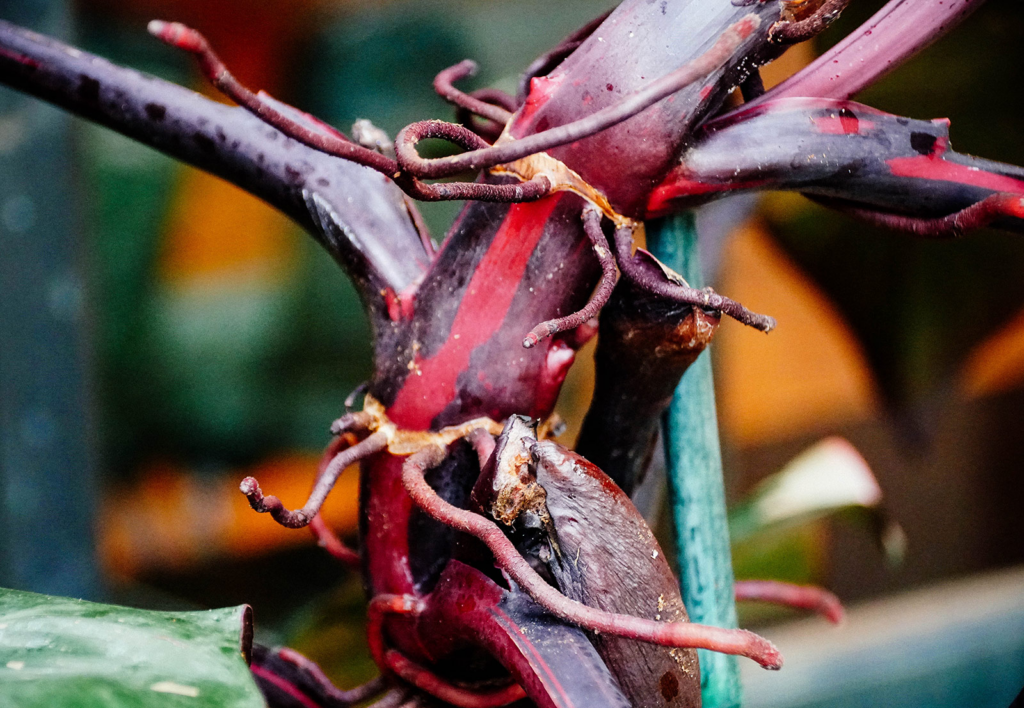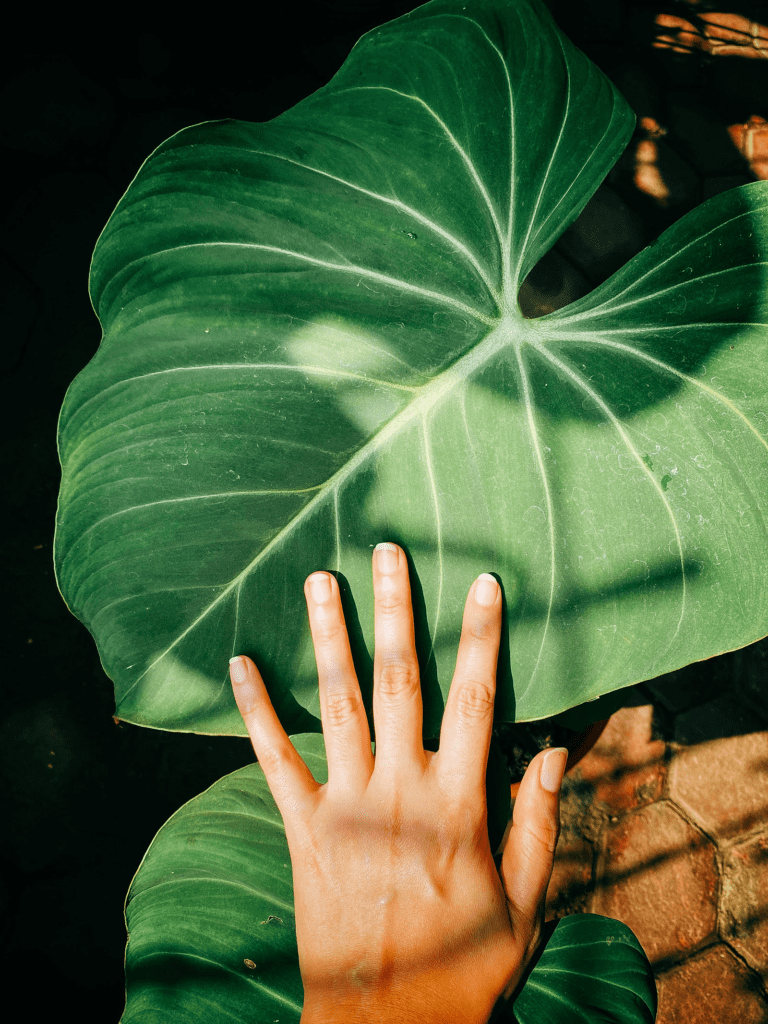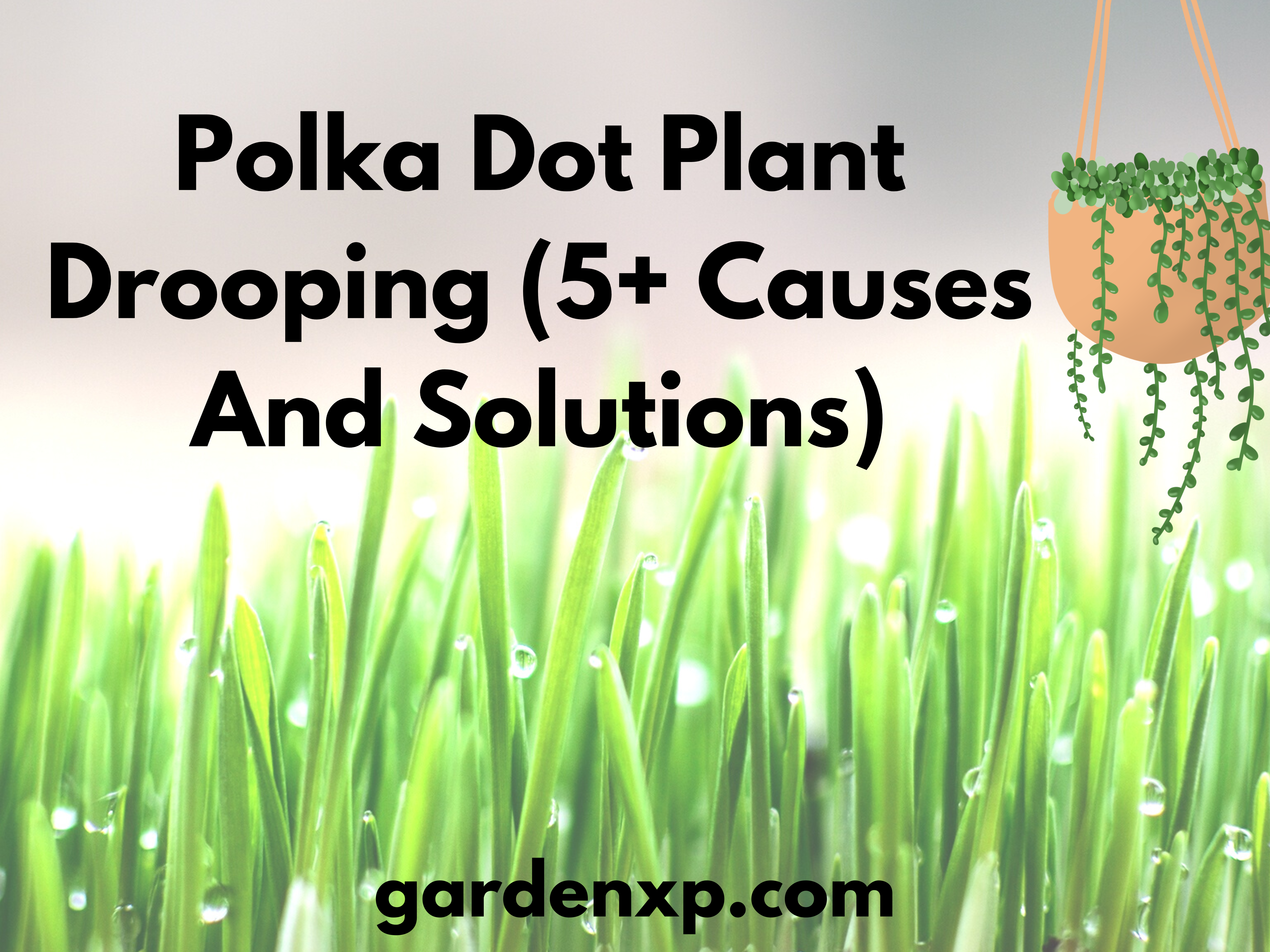How To Grow And Care For Pink Princess Philodendron? In-depth Guide
Adding various philodendron varieties to your garden will make it an all-rounder choice for gardeners. Another variety is Pink Princess Philodendron which grows as a well-enjoyed plant. Hey folks! I’m Anna Scott, a Gardener by heart and Profession, started my Journey 15 years ago and Now I am teaching other gardeners as well to achieve their goals.
Pink Princess Philodendron is the hottest indoor plant that produces pink variegation in the plant. It is expensive to buy this variety but easy to grow. It is known for its gorgeous appearance which is every gardener’s lovely choice to add to their collection. It produces heart-structured leaves in the plant with deep green foliage. Its bubblegum pink variegation is famous all over the world.
So, are you ready to witness this amazing variety of philodendrons in your home garden? Stay connected with the guide till the end so that you grow Pink Princess Philodendron in your area easily and increase its growth. Let’s begin this guide.

Quick Guide: Planting, Growing & Caring for Pink Princess Philodendron
- It is expensive to buy, but it is easy to grow.
- The more light this plant will receive the more variegation it will produce.
- Make sure the sunlight is bright but indirect to the plant throughout the day.
- Water the plant thoroughly and allow the top inches of the soil to dry before watering the plant again.
- Fertilizer is required during the spring to the summer season when the plant grows actively.
| Botanical Name | Philodendron erubescens ‘pink princess’ |
| Common Name | Philodendron pink princess, blushing philodendron |
| Family | Araceae |
| Plant Type | Perennial |
| Mature Size | 4-5 ft. tall, 2-4 ft. wide |
| Sun Exposure | Partial |
| Soil Type | Loamy, moist but well-draining |
| Soil pH | Acidic |
| Bloom Time | Spring, summer |
| Flower Color | Green, white |
| Hardiness Zones | 9a, 9b, 10a, 10b, 11a, 11b |
| Native Area | South America |
Understanding Pink Variegation
Philodendron pink princess’s amazing characteristic is that it becomes more variegated every year. Are you confused about whether to grow this plant or not? Are you a beginner who is struggling to grow this amazing house plant in your home garden? No worries as I am here with the proper guide that will clear your myths regarding the pink princess philodendron.
For proceeding, you should know the exact meaning of variegation as it will help in managing the plant growth. It means that the plant has various areas of a different color. In the case of this philodendron, the color is pink. Like in another house plant, it might be yellow, white, green, or other variations.
It is caused by the mutation in the plant and it also indicates the plant requires more energy to grow well. If the photosynthesis is more in the plant, then there will be good chlorophyll that helps in the production of good variegation in the plant.

How to Care For Pink Princess Philodendron?
The pink princess philodendron is native to Columbia and belongs to the Araceae family. As I mentioned this plant is expensive but easy to grow. It requires good attention to grow well. So are you ready to witness the caring tips for this plant? If yes, then let’s get started. They are as follows:
- Light
- Soil
- Water
- Temperature and humidity
- Fertilizer
- Pruning
- Repotting
Let’s get started to throw some light on all the segments in detail:
Light
- The primary factor which helps in maintaining the variegation is the amount of sunlight, the plant receives.
- Choose a location for the plant, where it receives a good amount of bright indirect, sunlight all long in the day.
- If you’re growing it indoors, then provide a few hours of direct light which increases its variegation.
- If there is a lack of flight in your home, then it is important to invest in grow light for the plant.
- It will turn its leaves to green and lose its variegation, if not received proper sunlight.
Soil
- It requires loose, well-drained, and highly rich soil because this plant is an aroid.
- It needs organic matter for its better development.
- Add a mixture of perlite and orchid bark to the potting mix which enhances the health of the soil.
“The smallest flower is a thought, a life answering to some feature of the Great Whole, of whom they have a persistent intuition.”
– Honore de Balzac
Water
- It requires moderate watering for its growth. This philodendron likes to be watered when the top inches of soil are dry.
- keep a check on the moisture of the soil by inserting a finger inside the soil about 1-2 inches deep.
- If the soil is dry, then water the plant whereas if it is damp, then do not water the plant.
- Overwatering will cause root rot in the plant. So water the plant until it flows out from the drainage holes
Temperature and Humidity
- The Pink Princess Philodendron’s ideal temperature requirement is 65 and 79 degrees Fahrenheit (18 and 26 degrees Celsius) which helps the plant to grow at its best.
- Also, the average humidity in the plant will suit the plant’s growth.
- The temperature range should not go below 60°F or 15°C as it will harm the plant’s growth.

Fertilizer
- This plant requires consistent feeding to enhance its capacity to grow.
- Feed this plant with a balanced liquid fertilizer when the plant is actively growing in its season.
- The ideal time would be the spring and summer months, do not fertilize the plant in the early fall as the plant is in its dormant period at that time.
Pruning
- It likes to be pruned to maintain a healthy shape and size in the plant that looks attractive.
- Being a vine, it will be easier for the plant to be trimmed to make a busier look in the plant.
- Cut the stem between the nodes as it will promote new growth in the plant.
- The ideal time to trim the plant is the spring season before the new growth begins in the plant.
Repotting
- Repotting is done when the plant overgrows and its roots come out from the drainage holes.
- The ideal time of repotting bye is approx after every 1 to 2 years.
- You can Repot the plant any time in the year like spring or summer.
- Choose a pot that has drainage holes and is bigger than the current pot for about 1 to 2 inches in diameter.
- Make use of fresh potting mix at the time of repotting. Gently pull the roots so that the roots do not get spoiled and remove the excess from it.

Common Pests & Diseases of Pink Princess Philodendron
Like other houseplants, the Pink Princess Philodendron plant will come in contact with various common pests like spider mites, aphids, mealybugs, etc that tends to come to the plant to suck its foliage and satisfy their hunger, which in return spoils the growth of the plant.
To prevent pests and diseases from coming in contact with your plant, follow the below preventive measures:
- Make use of any horticultural oil such as Neem oil or insecticidal soap on the plant to save the foliage.
- Keep a check on the plants regularly to see the signs of the pests.
- Also, inspect the root rot in the plant, see if the plant is overwatered or not, and if it is then throw away the excess water from the plant.
Common Problems With Pink Princess Philodendron
Being a tropical plant, it grows amazingly in your area but what if the plants face some problems like leggy growth, brown vegetation, etc? So, let’s find out the common problems with the Pink Princess Philodendron plant to prevent them. They are as follows:
Leaves Are Not Pink and Losing Variegation
- It happens because of a lack of sunlight. So expose your plant to bright indirect light only.
- Also, low light conditions will harm the plant and its variegation.
- So, Fix this issue as early as you can, unless it fully ruins the plant.
The plant is Getting Leggy
- Legginess in the plant also shows that the plant is not developing because of lack of sunlight.
- So, move the plant to a location where it receives a good amount of bright sunlight to overcome legginess in the plant.

Leaves Are Turning Brown
- Sometimes, you observe brown tips on the Pink Princess Philodendron leaves. What is it?
- It indicates the lack of humidity in the plant which directly causes dry leaves in the plant.
- It is not possible to fix this damage, but you can increase the level of humidity so that it stops ruining the plant.
Leaf Variegation is Turning Brown
- Last but not least when the leaf variegation turns brown, it is not a good sign for the plant’s growth.
- Brown spots show that the plant is receiving too much sunlight which is not desired by it.
- Also, it will cause large brown spots on the leaves which also happens because of less humidity in the plants.
Summing up the context
In this guide, you come to know that Pink Princess Philodendron is the hottest indoor plant that produces pink variegation in the plant. It is expensive to buy this variety but easy to grow. It is known for its gorgeous appearance which is every gardener’s lovely choice to add to their collection.
It produces heart-structured leaves in the plant with deep green foliage. Its bubblegum pink variegation is famous all over the world. Read the whole guide to understand it so that you grow it in your backyard too. So, I will come back with another informative guide soon. Till then safe gardening.
Thanks for reading! Happy Gardening!
FAQs
Why is the pink Princess philodendron so expensive?
Pink Princess Philodendron is expensive because the plant is unique in its form. It is worth buying plants for the gardeners. The price is high because it’s rare to find this variety, the slow growth of the plant, and not available worldwide.
Is philodendron pink Princess variegated?
It is the adorable choices of the farmers that make this variety rare to find. It produces deep green foliage in the plant and heart-structured leaves in the plant with pink variegation. Yes, it is a variegated plant.


